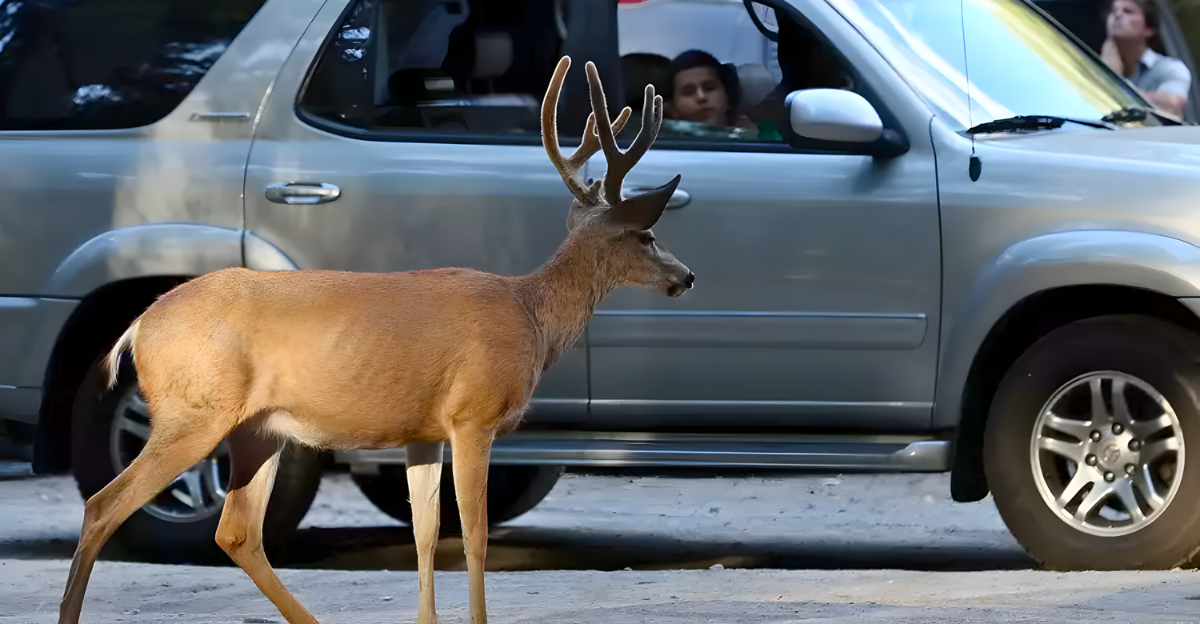
Yosemite National Park is home to towering cliffs, ancient forests, and incredible wildlife—but one of its biggest threats to visitors doesn’t have fangs or claws. In fact, it looks downright peaceful. Yet this unassuming animal is responsible for more injuries in the park than bears. While it may not be what hikers fear most, its presence demands caution.
Yosemite recently issued a reminder about how dangerous even innocent-looking wildlife can be. As outdoor enthusiasts gear up for summer adventures, the park’s advisory offers a timely wake-up call. So what’s the creature causing all the concern? Let’s take a closer look.
Why Yosemite Warned Visitors About Deer—Not Bears
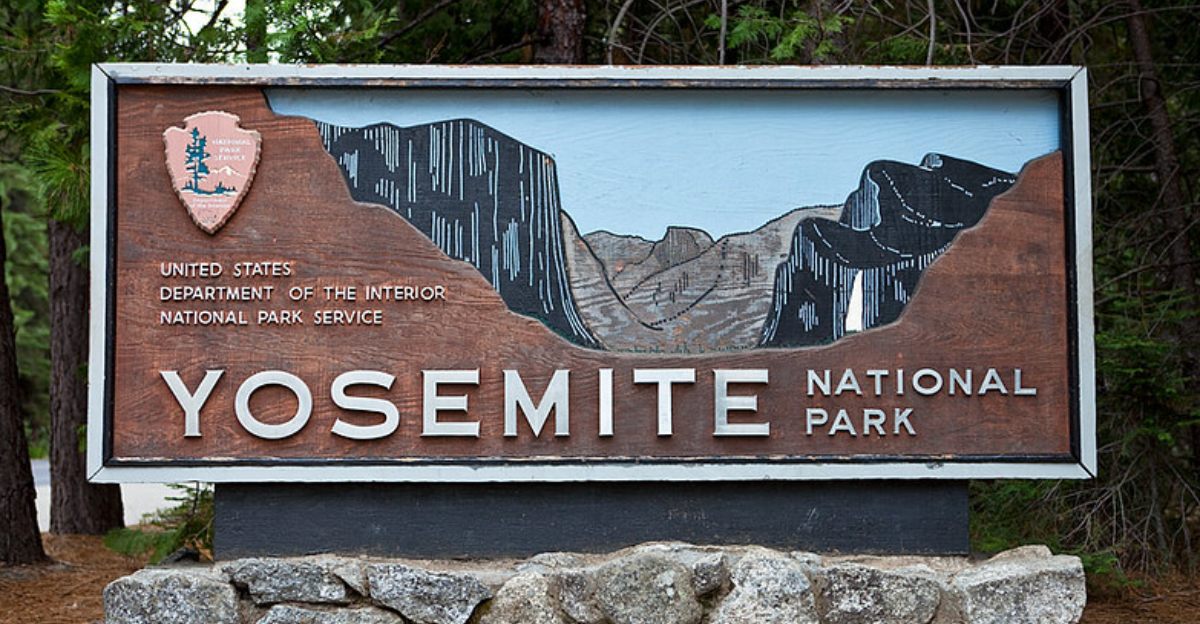
Yosemite National Park has issued a warning that’s turning heads: deer are the park’s most dangerous wildlife. Surprising as it may seem, more injuries occur from encounters with deer than from any other animal. “Known for their ‘mule-like’ ears,” mule deer roam throughout the park’s trails and meadows. While they might appear calm, they’re unpredictable when startled—lashing out with hooves or antlers.
Many incidents happen when people try to get too close or offer food. The advisory reminds everyone that feeding or approaching deer isn’t just risky—it’s illegal. Staying back isn’t just smart, it’s a key part of responsible tourism.
Yosemite Reminds Guests—Keep Your Distance From Wildlife
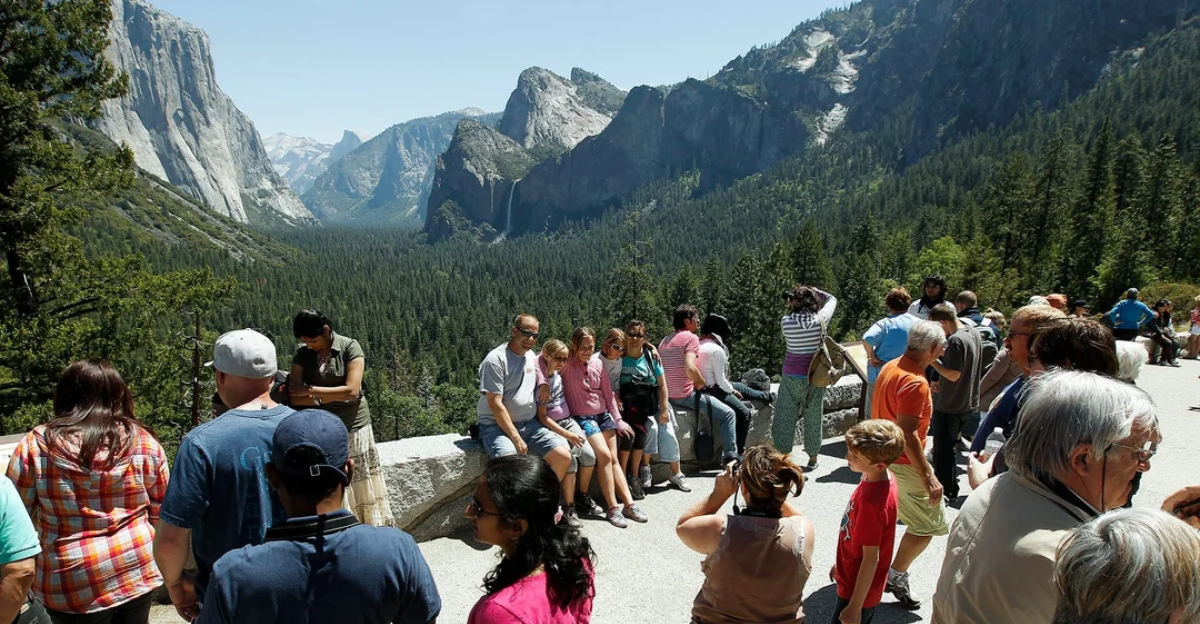
In its advisory, Yosemite made one point especially clear: “feeding or approaching wildlife in Yosemite is illegal.” That includes deer, who, despite their gentle looks, are wild animals with sharp instincts—and weapons. Visitors often forget that mule deer are fully equipped to defend themselves. When startled or provoked, their reaction can lead to serious injury.
The park emphasized that giving animals space protects both humans and wildlife. Letting animals remain wary of humans prevents them from becoming too accustomed to people, which can alter their natural behavior. The reminder is simple: enjoy wildlife with your eyes, not your hands.
Online Reactions Pour In—And Most Agree With Yosemite

The park’s deer warning quickly stirred conversation online, and the overwhelming response has been agreement. Many shared stories from past visits, echoing the need for respectful distance from wildlife. “The animals you least expect to be dangerous, are dangerous!” one commenter said.
Another recalled watching raccoons at a pizza deck as a child—an early lesson in not feeding animals. Yosemite’s message resonated: humans are guests in wild habitats and should act accordingly. Comments like “Leave the animals alone. Problem solved.” highlight growing awareness about park etiquette. The consensus is clear—visitors must take the rules seriously, for everyone’s safety.
Yosemite’s Rules Go Beyond Just Deer Warnings
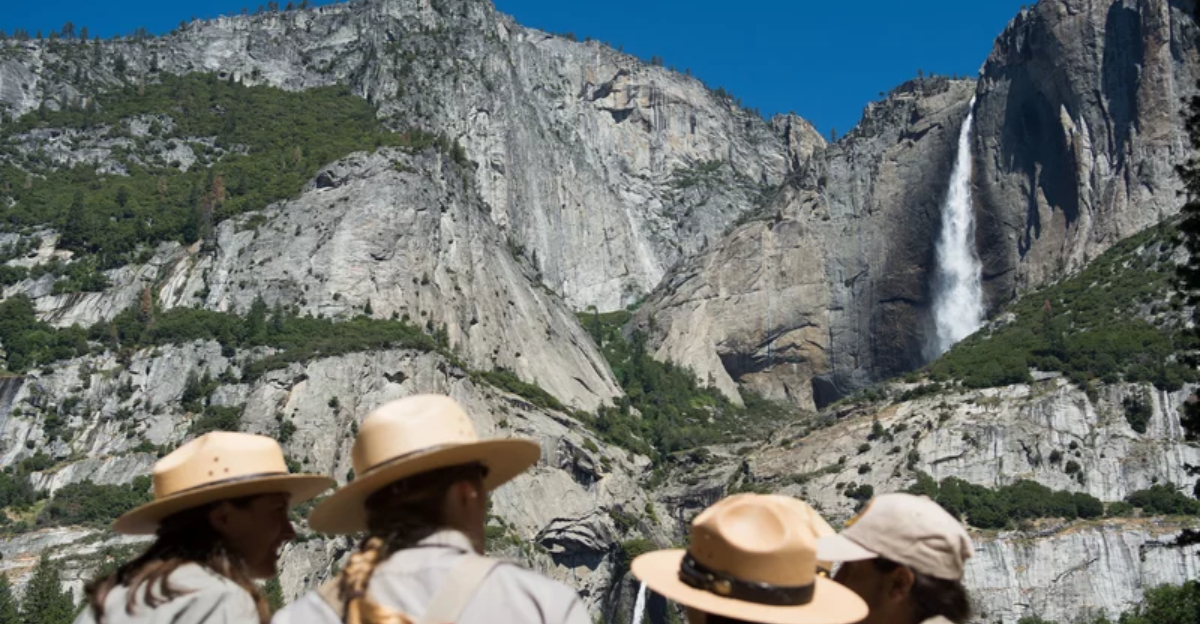
The deer advisory is part of a broader initiative from Yosemite to educate guests about safe wildlife interactions. On the National Park Service site, a full section is devoted to “Keep Wildlife Wild.” The guidance includes keeping distance, properly storing food, and disposing of trash in animal-proof bins.
Violations can carry hefty consequences, including fines up to $300 or property impoundment. Officials also urge visitors to report anyone they see feeding or approaching animals. These rules are about more than avoiding fines—they’re designed to protect both people and the park’s ecosystems. Education, not enforcement, is the long-term goal.
Mating Season Sparks Aggressive Behavior
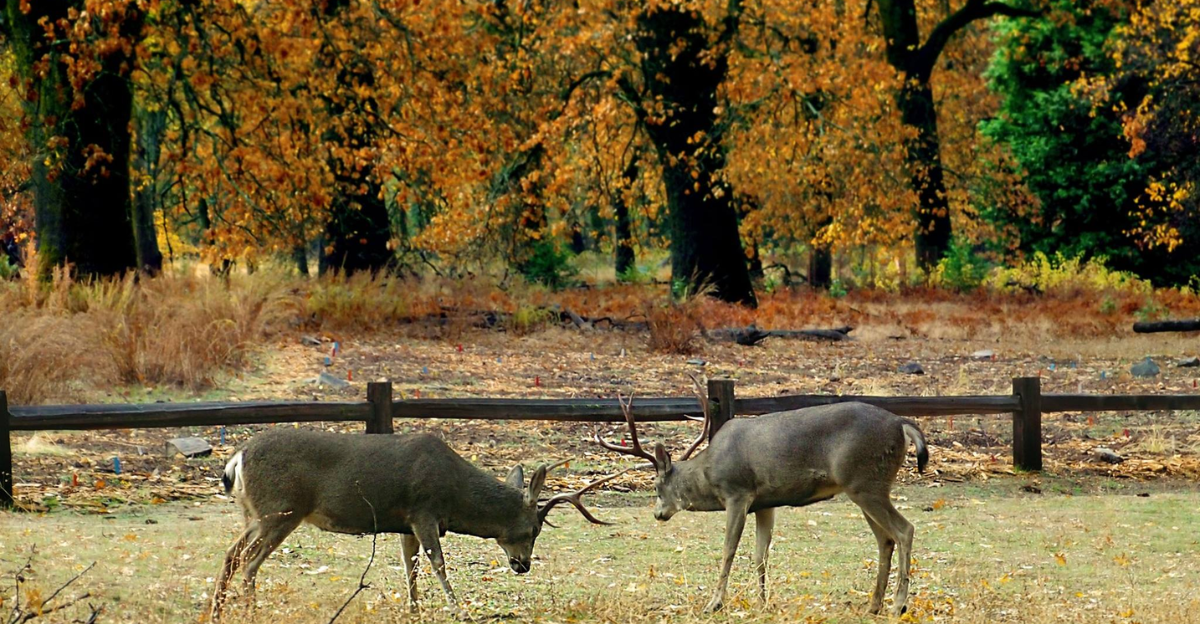
During the fall mating season, mule deer—especially the males—become increasingly aggressive. Bucks compete for dominance, often clashing violently with antlers that can reach over three feet in length.
These hormonal changes make the deer more territorial and volatile, increasing the risk of injury to anyone nearby. Even seasoned wildlife watchers may underestimate just how dangerous a buck can be during this time.
Proximity to humans only intensifies the threat, turning once-docile animals into unpredictable hazards. For visitors, autumn offers breathtaking scenery—but it’s also the riskiest season for deer-related incidents in Yosemite’s otherwise tranquil wilderness.
Protective Mothers Can Be Just as Dangerous
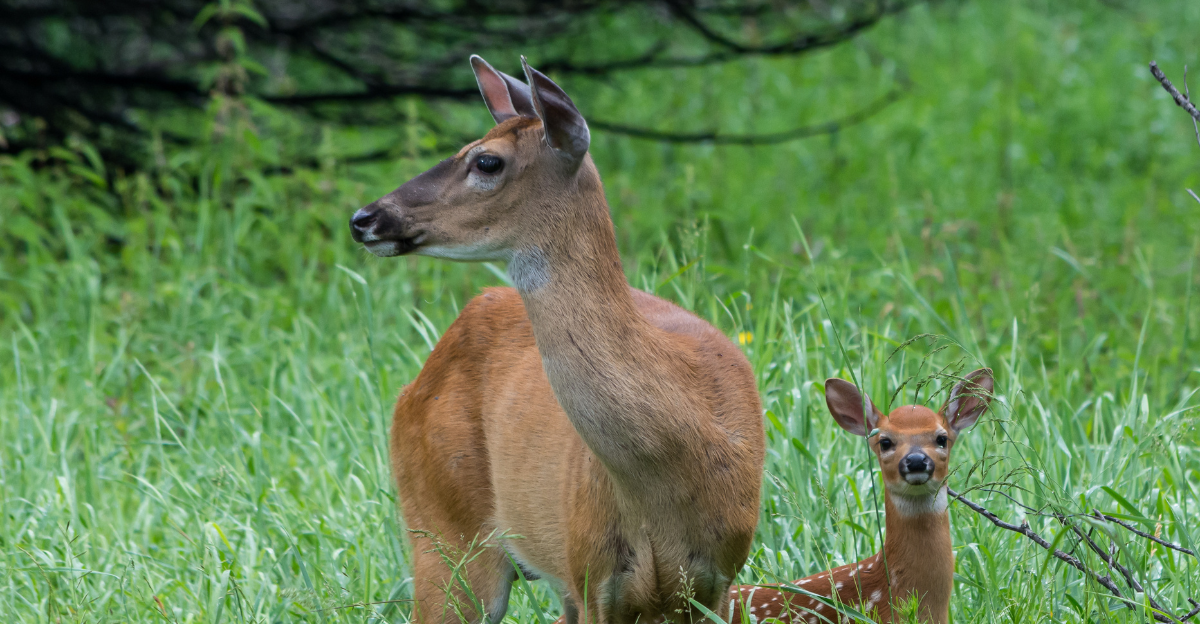
In summer, the threat shifts to mother deer protecting their fawns. Mule deer give birth and raise their young in Yosemite’s meadows, often near visitor trails. Fawns typically lie hidden in tall grass while mothers forage, which leads unsuspecting hikers to accidentally approach them.
If a mother senses danger, she may react with swift aggression—using her hooves and antlers to defend her young. These maternal attacks are less publicized than mating season aggression but are a common cause of injury during summer. Visitors often misread the situation, failing to realize that a hidden fawn can trigger a fierce response.
The Emotional Toll of a Deer Attack
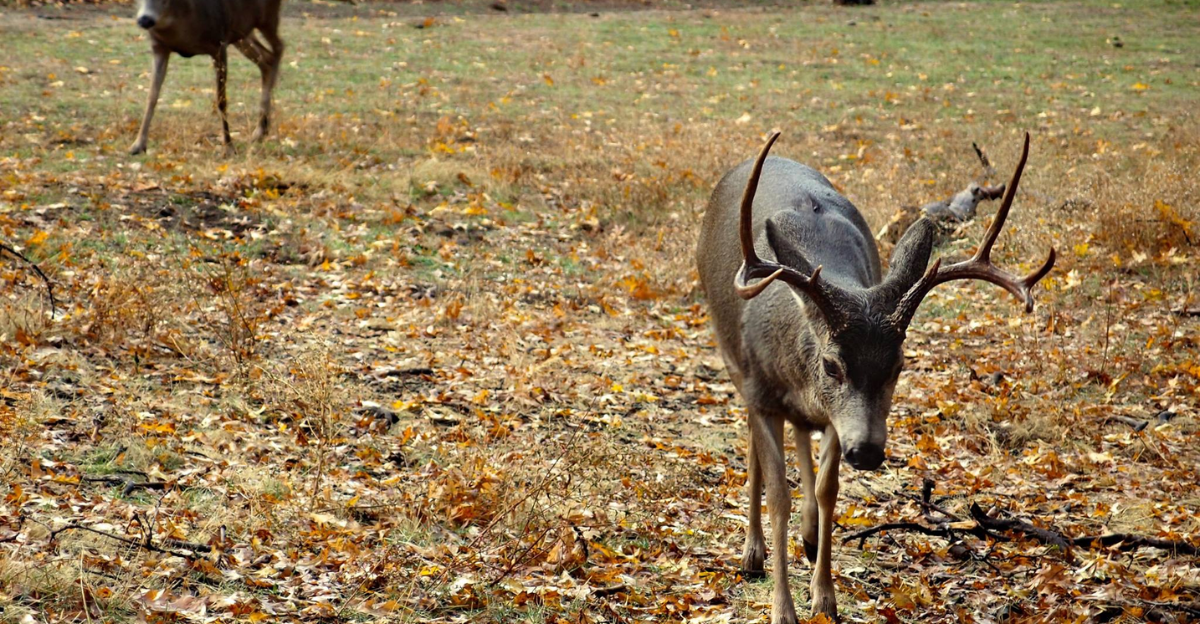
The aftermath of a mule deer attack goes beyond physical wounds. Many victims experience lasting emotional trauma—ranging from anxiety and fear to post-traumatic stress disorder. The shock of being injured by an animal they perceived as gentle can leave deep psychological scars, particularly when injuries alter appearance or mobility.
These impacts are rarely discussed in park safety briefings, yet they affect a significant number of people each year. For some, the betrayal of trust—expecting beauty and calm but receiving harm—is the most lasting injury of all. Raising awareness about these effects is essential to a more complete safety conversation.
What Rising Injuries Say About the Ecosystem
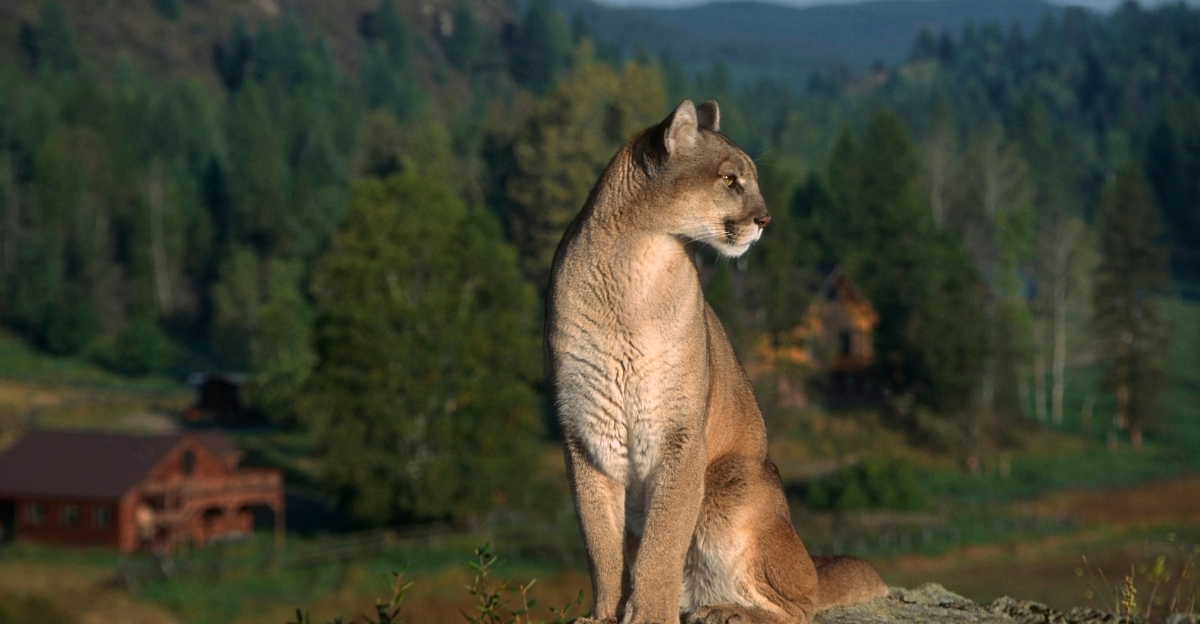
The spike in mule deer incidents isn’t just a safety issue—it signals deeper ecological imbalance. With fewer natural predators like cougars, deer populations have expanded unchecked. This growth strains the local environment and increases encounters with humans, often in dangerous ways. Habitat fragmentation and tourism amplify the problem, as more people enter deer territory and interact inappropriately.
Park management now faces a complex challenge: protecting visitors while also preserving ecological balance. Solving it means more than issuing fines—it requires long-term strategies to restore predator populations, reduce human interference, and rebuild respect for natural boundaries.
Rethinking What Wildlife Danger Really Means
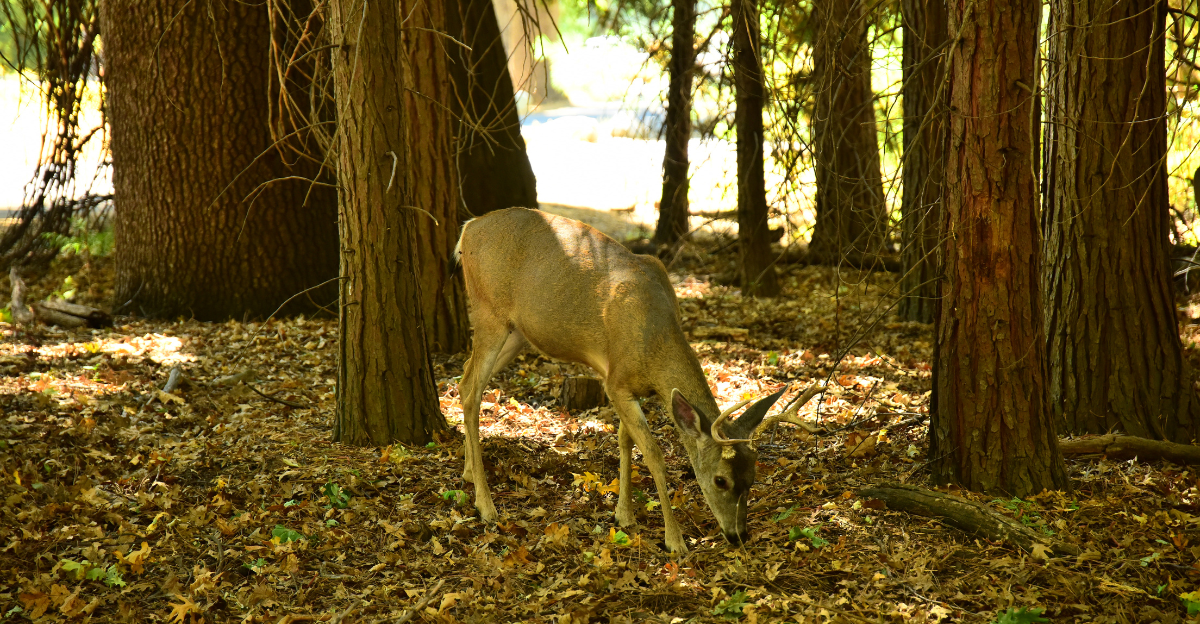
The danger posed by mule deer is more than an odd statistic—it’s a call to reevaluate how we think about risk in the wild. Yosemite’s experience underscores that threats don’t always come from obvious sources. As parks grow busier and human-wildlife lines blur, it’s clear that better education and stronger enforcement are essential.
The solution also lies in ecosystem restoration—ensuring natural checks and balances remain intact. The mule deer, often overlooked, has become a powerful symbol of what happens when humans underestimate nature. Real wilderness safety begins with respect, awareness, and a willingness to see danger where we least expect it.
Explore more of our trending stories and hit Follow to keep them coming to your feed!

Don’t miss out on more stories like this! Hit the Follow button at the top of this article to stay updated with the latest news. Share your thoughts in the comments—we’d love to hear from you!







